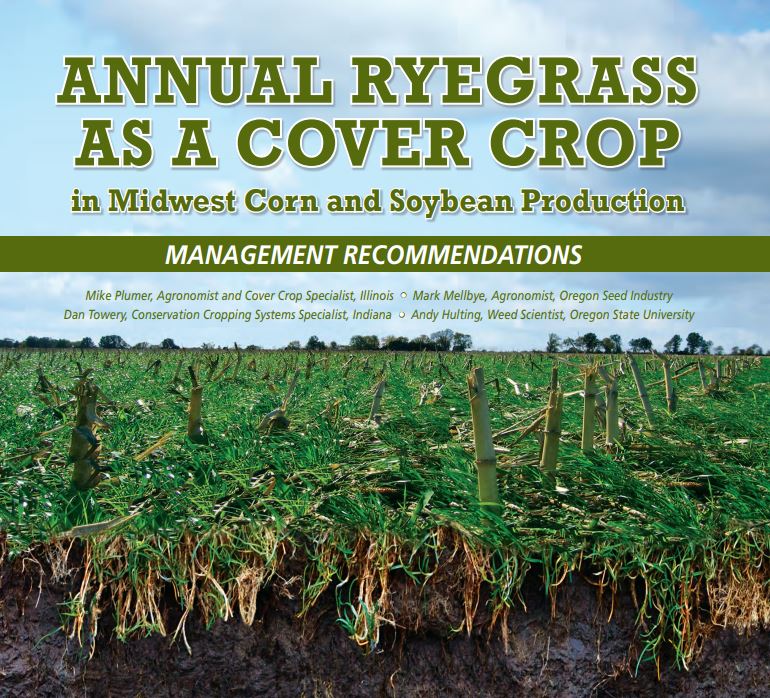Cover Crop Pioneers Grow in Oregon
Oregon makes a big deal of its history. Among the most acclaimed events is the settlement of that territory by whites coming west on the Oregon Trail from what we now call the Midwest. It was such a big deal, a “reenactment” event celebrating the 150th anniversary of the start of that westward migration was held in the early 1990s. I vividly recall watching covered wagons rickety-wracking over the old dirt ruts in eastern Oregon, as men, women and children dressed in period clothing came trudging on towards their own Promised Land, the dust and grime of the journey clinging and whirling around in their footsteps. Many of them, around the campfire that night, told stories about their perilous journey overland from St. Joe, Missouri, just as their ancestors had done before them.

About the same year, in the mid 1990s, a couple of pioneering grass seed farmers began working on a novel cooperative agriculture project in the Midwest. With encouragement from Mike Plumer, a couple of willing corn and bean growers in Illinois put in some test plots of annual ryegrass seed that fall, after harvest, to see if it might slow down erosion over the winter and into spring.
In the next dozen blog posts, we’ll be looking at some of those grass seed pioneers, who spent a whole lot of time and cash proving that annual ryegrass could change the way agriculture is done in America. It would eventually signal an end to the heavy equipment, the deep ripping of soil and the added expense of chemical inputs. Annual ryegrass and many other varieties of cover crop soon followed: cereal rye, hairy vetch, crimson clover, and others have been revolutionary in showing how to improve yields while also improving soil health.
These Oregon grass seed pioneers had considered annual ryegrass to be a perpetually low-priced commodity plant, most often used in great quantities for roadsides, city parks, sports fields and golf fairways. By developing a new market for the lowly variety, farmers bet that the price might inch upwards for that specialty use, and it has.
But in order to be considered worthy of continued use as a cover crop throughout the Midwest, southern Canada, New England, the Atlantic seaboard and into the south, seed growers would be pushed into developing new varieties that would withstand harsh winters. In other words, they had to be toughened up, so as not to wither and die in sub-freezing weather. But at the same time, they had to build into the equation a vulnerability to herbicides, particularly glyphosate. Because, if annual ryegrass were really tough, it would be hard to eliminate in the springtime and even become a persistent pest weed. Thankfully, they succeeded and annual ryegrass is very easy to manage, as long as you’re particular about the details.
This year and next, we’ll be celebrating the 25th anniversary of those first annual ryegrass field trials in Illinois, with veteran crop educator Mike Plumer at the front of the pack, helping to understand how cover crops could help improve soil health, reduce erosion, improve water and air quality, and still end up profiting those who used it.
